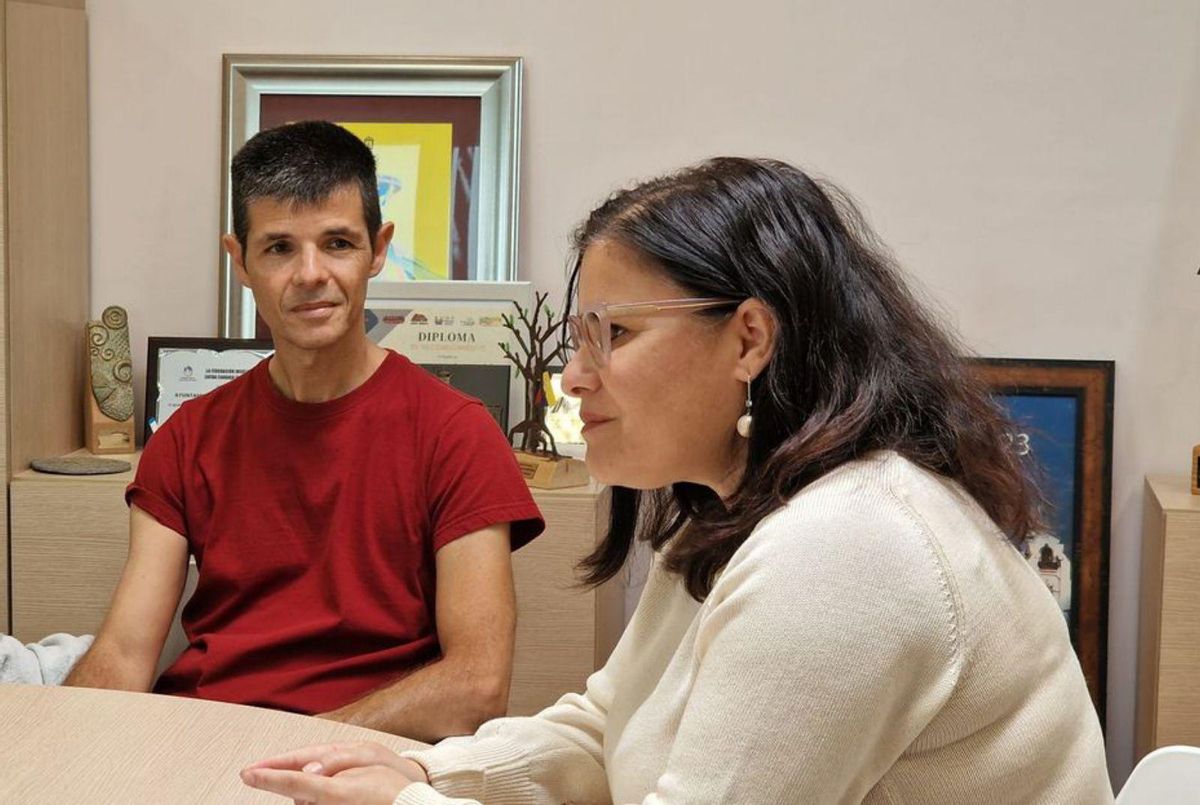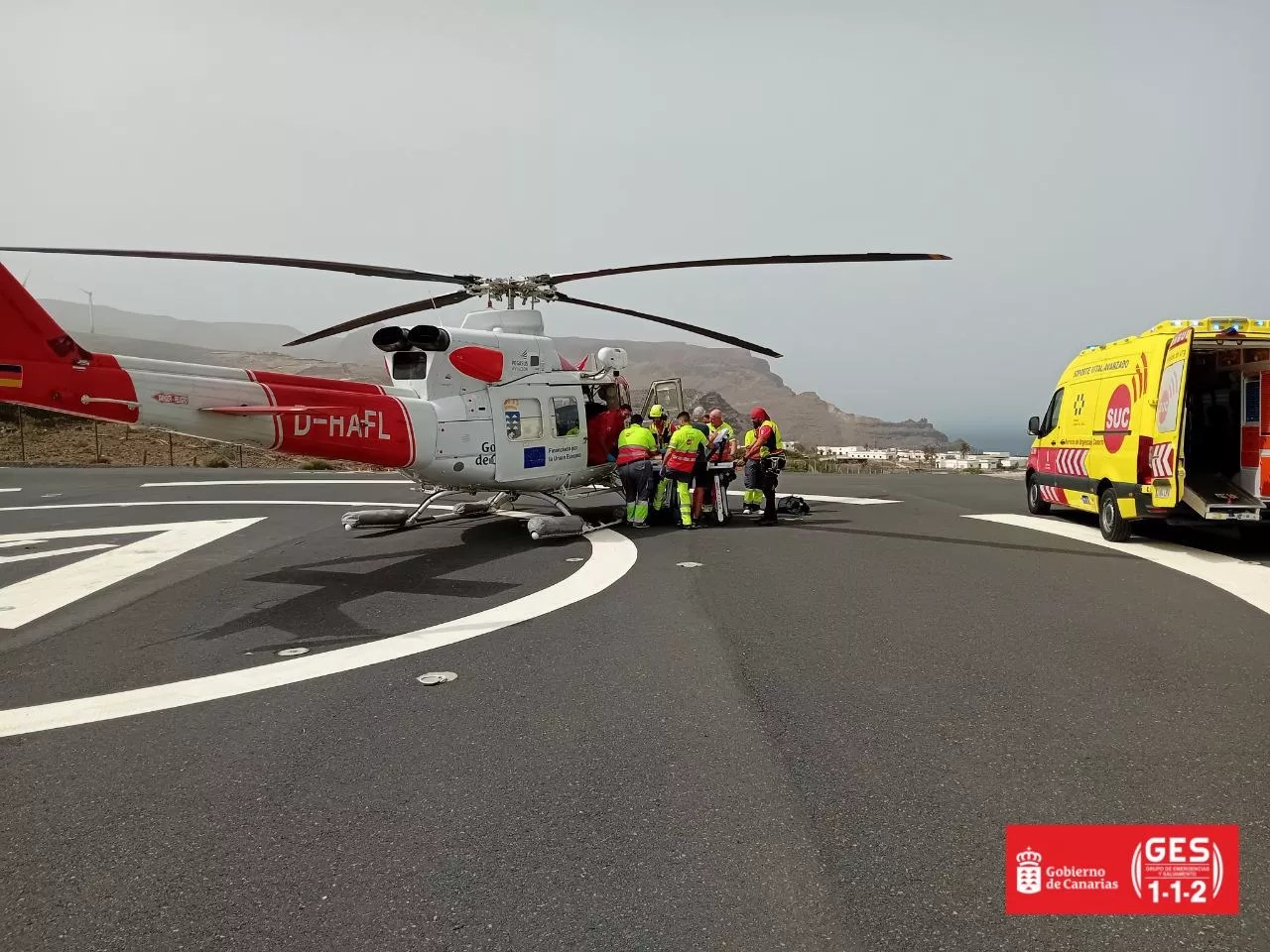Four students from the Santa Ana Secondary School (IES) in Candelaria have been chosen to participate in this year’s edition of the Mission Space Lab programme. Created by the European Space Agency (ESA), it is an initiative that offers young teams the opportunity to carry out experiments aboard the International Space Station. To achieve this, the teams had to write a Python program, an open-source programming language used to develop games, applications, and even electronic devices.
Santiago Navas Sosa, Raúl Daniel Fatol, Amauri Luis Reyes, and Andrew Morrazo Plasencia, students of IES Santa Ana, successfully completed the planned challenge with the help of teacher Fernando Fariña. They explained that with the Python language, they aimed to first use the sensors or camera of the Astro Pi computers (a credit card-sized device) to collect data on the orientation and movement of the International Space Station (ISS) as it orbits the Earth, and then calculate the ISS speed based on the collected data.
This group of students achieved the classification, so their program will be implemented on the International Space Station, and they will receive certificates and data collected in space.

Three of the students who form the MurPy team from IES Santa Ana. | | ED / Adrián Prado Fernández
The team of four students from IES Santa Ana is named MurPy, in homage to Murph, a character from the movie Interstellar portrayed by actress Jessica Chastain. The students also explained that it is a play on words combined with the Python program. The explanation is that every time a file is closed with that programme, it does so with the extension .py.
MurPy focused their efforts on the intensive development of the program, accumulating many hours of class, even on Carnival dates. The objective was to meet the schedule and deliver the program on time. As is customary in the sector, the work had to be written in English, in a detailed manner and programmed to be easy to view and understand the code.
Volunteers
The students recount that it all began when “the teacher, Fernando Fariña, asked who wanted to participate. We did it because we wanted to.” From that moment, a larger group emerged: “At first, there were 10 of us, but due to complications the number was reduced to just the four of us.” Some of the volunteer group “were just starting with programming development, but others were not very experienced in it. However, the effort has been worth it.”
Another unforgettable moment they recount is the instant they received the great news: “We were in Philosophy class, they took us out and told us. We were ecstatic.”
Some details
The work created by Santiago Navas Sosa, Raúl Daniel Fatol, Amauri Luís Reyes, and Andrew Morrazo Plasencia uses photometry in a way that allows them to determine the speed of the International Space Station. To do this, they explain that they locate the same pixel in photos taken every two seconds looking towards Earth, which allows them to know the distance travelled and the time elapsed between the two images. By mapping it out, they can calculate the temperature of the ISS and even measure acceleration.
As part of the Astropi project, in 2018, third-level ESO students from the Santa Ana Institute were selected to participate in a research project promoted by the European Space Agency, with this school being one of the 350 chosen among fifteen countries in the European Union. The idea was to investigate the differences between growing a plantation in their classroom or in space. The measurements would be done alongside the data from the IES and on the International Space Station.
















